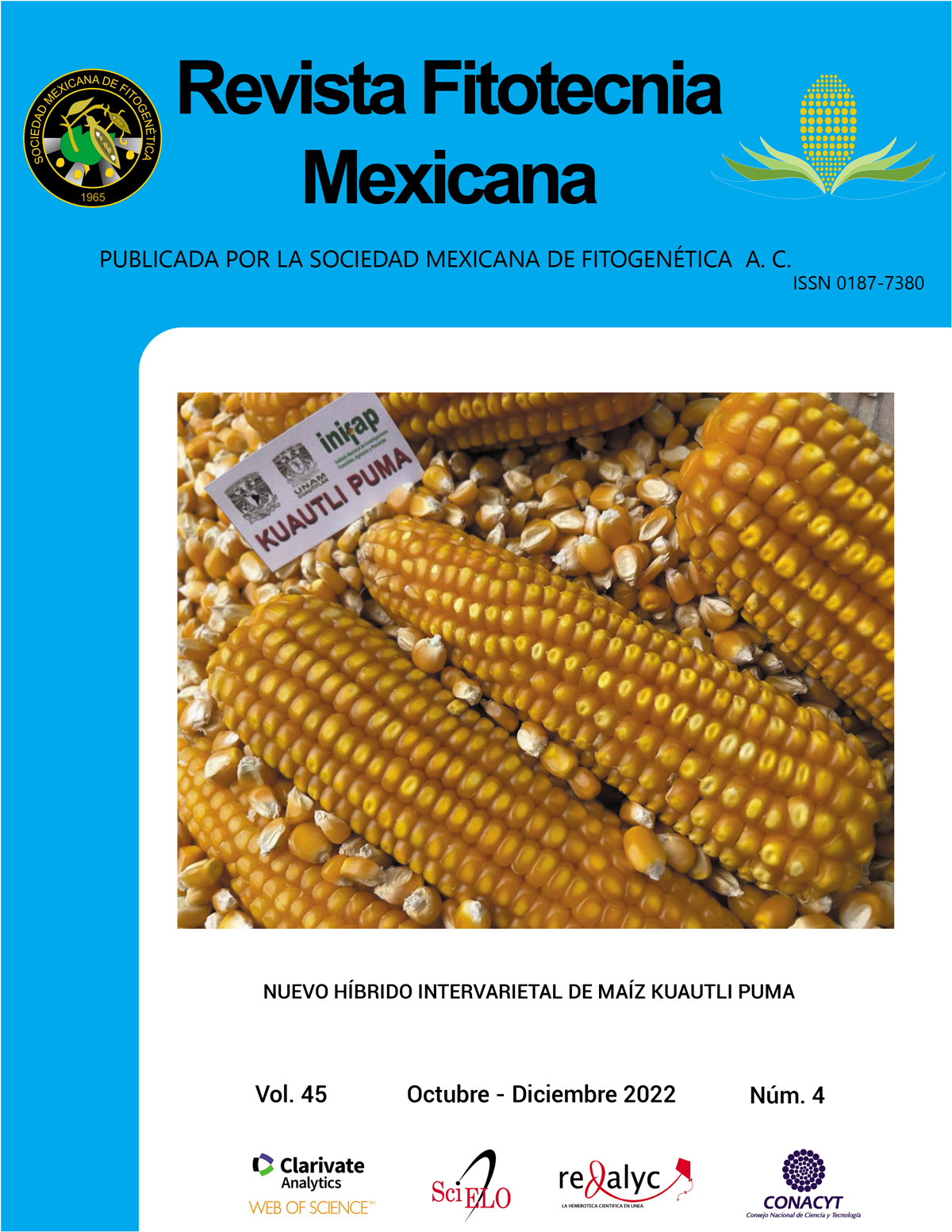FUNGI ASSOCIATED TO RICE GRAIN DISCOLORATION: A REVIEW
Main Article Content
Abstract
Rice (Oryza sativa L.) is the third most important cereal worldwide. ‘Grain discoloration’ is a disease that decreases grain quality and affects seed germination throughout the world. The main goal of this document is to carry out a bibliographic review of the fungi associated with grain discoloration, to indicate their worldwide distribution and to show the economic importance of the disease. Worldwide, 150 species of fungi have been reported in rice grain. The most frequently reported fungi associated with grain discoloration are Alternaria alternata (Fr.) Keissl, Alternaria padwickii (Ganguly) M. B. Ellis, Aspergillus flavus Link, Aspergillus niger van Tiegh, Bipolaris oryzae (Breda de Haan) Shoemaker, Curvularia lunata (Wakker) Boedijn, Fusarium moniliforme J. Sheld, Fusarium oxysporum Schltdl, Fusarium solani (Martius) and Penicillium Link. Some of these species are capable of producing mycotoxins, which cause serious diseases in humans. Grain discoloration has been reported in Mexico, but there is practically no information on this disease. Preliminary data show that there is a complex formed by 18 species of fungi in the rice grain in Campeche, Mexico, being Fusarium (43.1 %), Bipolaris (20.2 %) and Curvularia (17.6 %) the most frequent.

